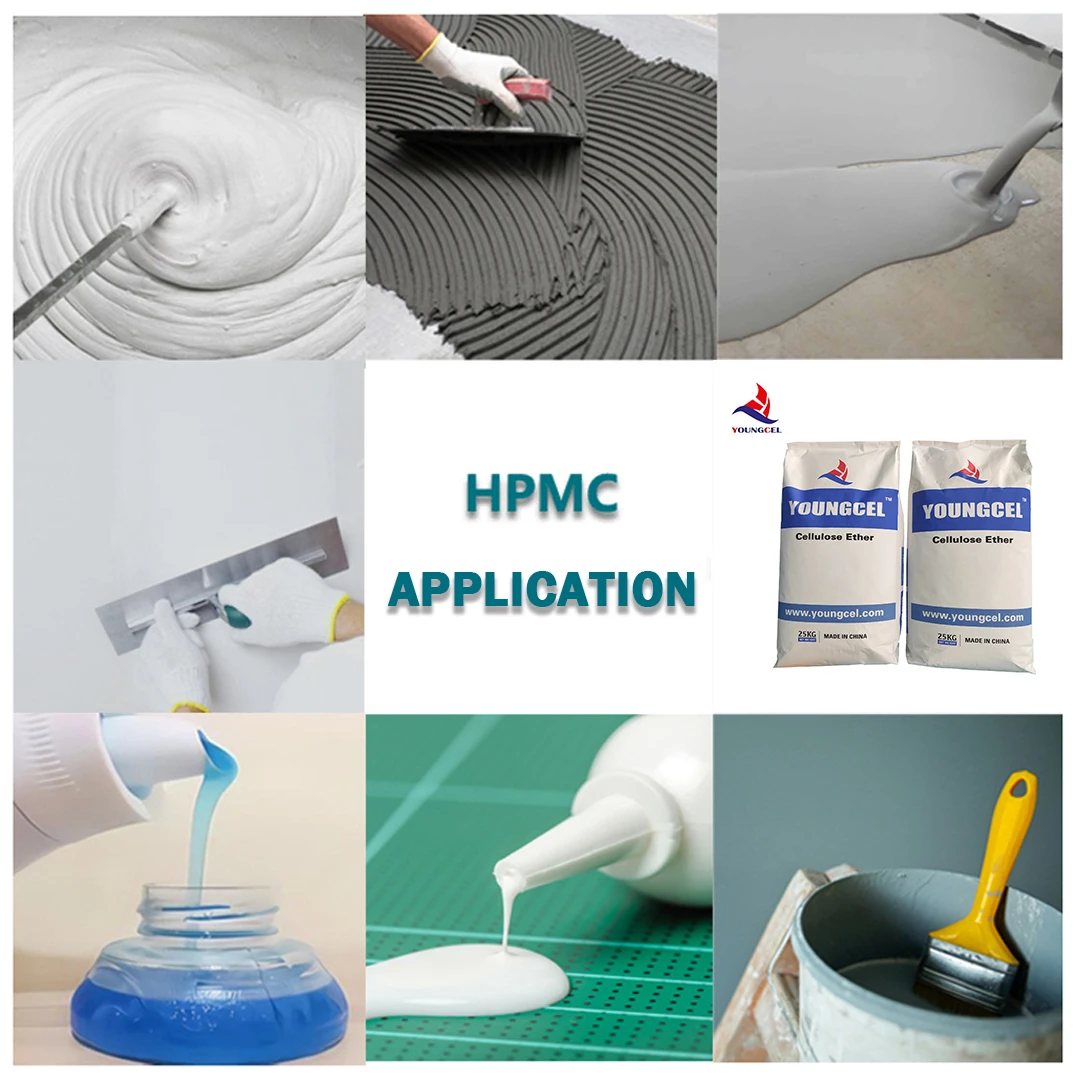HPMC for Industrial Applications An Overview
Hydroxypropyl Methylcellulose (HPMC) is a derivative of cellulose that has gained significant importance in various industrial applications due to its unique properties. As a non-ionic, cellulose-based polymer, HPMC is widely utilized across several sectors, including construction, pharmaceuticals, food production, and personal care. Its versatility and effectiveness make it an essential ingredient in many formulations, contributing to enhanced performance, safety, and sustainability.
Properties of HPMC
HPMC possesses a range of advantageous properties, including biodegradability, non-toxicity, thermal stability, and excellent film-forming capabilities. Its water solubility at ambient temperatures allows for easy handling and mixing with other substances. The ability to modify its viscosity based on the degree of substitution makes HPMC suitable for various applications, from thickening agents to gel-forming agents.
In addition to its thickening and binding characteristics, HPMC also serves as a stabilizer and emulsifier, making it particularly valuable in industries such as pharmaceuticals and food production. In construction, HPMC plays a crucial role in improving the workability of mortar and cement, making it easier to apply and enhancing adhesion to surfaces.
Applications in Construction
In the construction industry, HPMC is primarily used as a cornerstone additive in cement-based materials, such as tile adhesives, grouts, and plaster. By modifying the rheological and mechanical properties of fresh mortars, HPMC enhances their performance and usability.
One key benefit of HPMC in construction applications is its ability to retain water. This property ensures that mortars remain workable for a longer duration, allowing for greater flexibility during application and reducing the risk of cracking or failure. Additionally, HPMC improves the bond strength between the mortar and masonry substrates, leading to more durable constructions.
Moreover, HPMC reduces the shrinkage of cement mixes, thereby minimizing the potential for cracking as materials dry. This aspect contributes significantly to the longevity and integrity of construction projects, making HPMC an indispensable part of modern construction practices.
hpmc for industrial

Pharmaceutical Applications
In the pharmaceutical sector, HPMC is utilized as a thickening agent, binder, and controlled-release agent in the formulation of tablets, capsules, and other dosage forms. Its biocompatibility and non-toxic nature make it suitable for direct contact with pharmaceutical ingredients, ensuring safety and efficacy in drug delivery systems.
HPMC's ability to form gels in the presence of water makes it particularly useful for developing sustained-release formulations. This characteristic allows for the gradual release of active ingredients over extended periods, enhancing the therapeutic effectiveness of medications while reducing the frequency of dosing.
Furthermore, HPMC is employed in ophthalmic formulations, where it aids in the stabilization of eye drops and gels, improving patient comfort and product performance. Its use in personal care products, such as lotions and creams, provides thickening and stability, ensuring a desirable texture and application experience.
Food Industry Utilization
In the food industry, HPMC is recognized as a safe food additive (E464) that functions as a thickener, emulsifier, and fat replacer. Its ability to improve the texture and viscosity of food products is particularly beneficial in sauces, dressings, and baked goods. HPMC helps achieve a consistent product quality while enhancing mouthfeel and overall sensory attributes.
Additionally, HPMC is utilized in gluten-free formulations as it provides elasticity and enhances the structure of baked goods, compensating for the absence of gluten. This application is essential in meeting the increasing demand for gluten-free products among consumers.
Conclusion
In summary, Hydroxypropyl Methylcellulose (HPMC) plays a pivotal role in various industrial applications due to its versatile properties and functionalities. From enhancing construction materials to improving pharmaceutical formulations and food products, HPMC offers solutions that meet the demands of modern industries. As sustainability and performance continue to be priorities, the use of HPMC is likely to expand, paving the way for innovative applications in the future. Its crucial role in enhancing product quality and performance emphasizes the importance of HPMC as a vital ingredient across diverse sectors.
-
The Application and Significance of Construction RdpNewsMay.19,2025
-
Industrial Grade HpmcNewsMay.19,2025
-
Building Coating Adhesive Building Coating Adhesive HpmcNewsMay.19,2025
-
Application Of Hpmc For Detergent For Detergent In DetergentsNewsMay.19,2025
-
Application Of Hpmc Cellulose In Cement-Based MaterialsNewsMay.19,2025
-
Application Of High Quality Hpmc For Construction In The Field Of ConstructionNewsMay.19,2025




